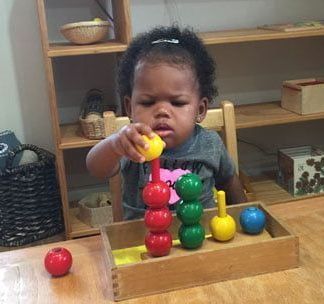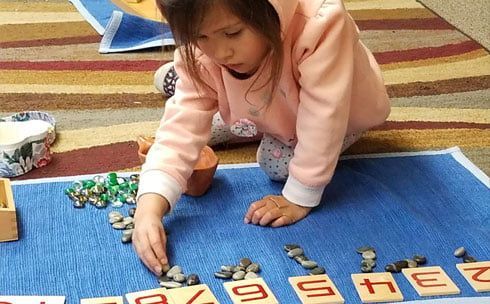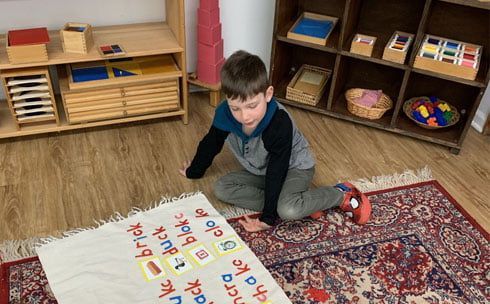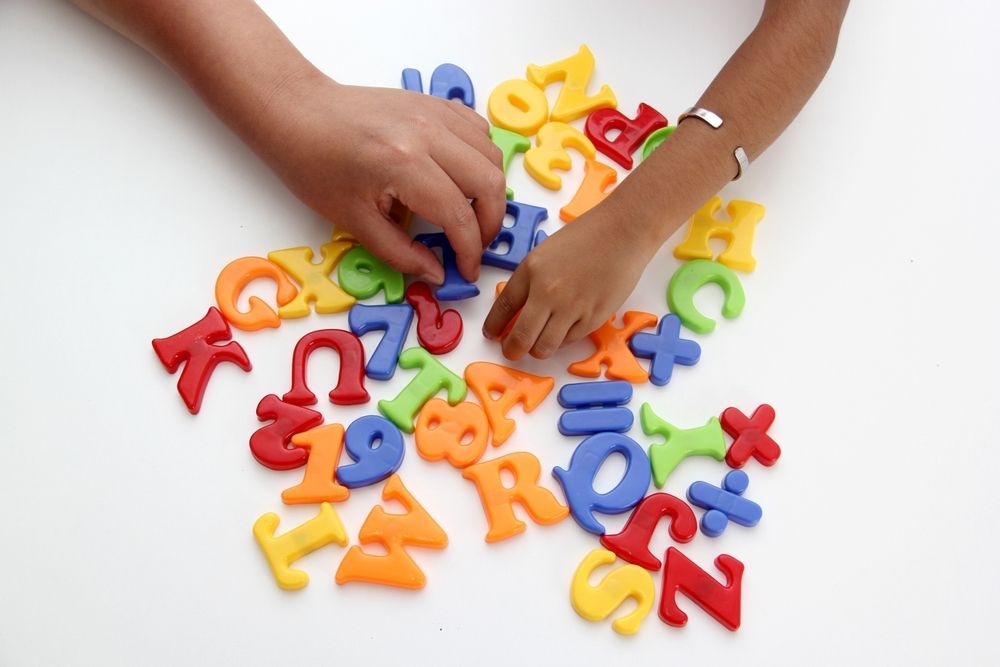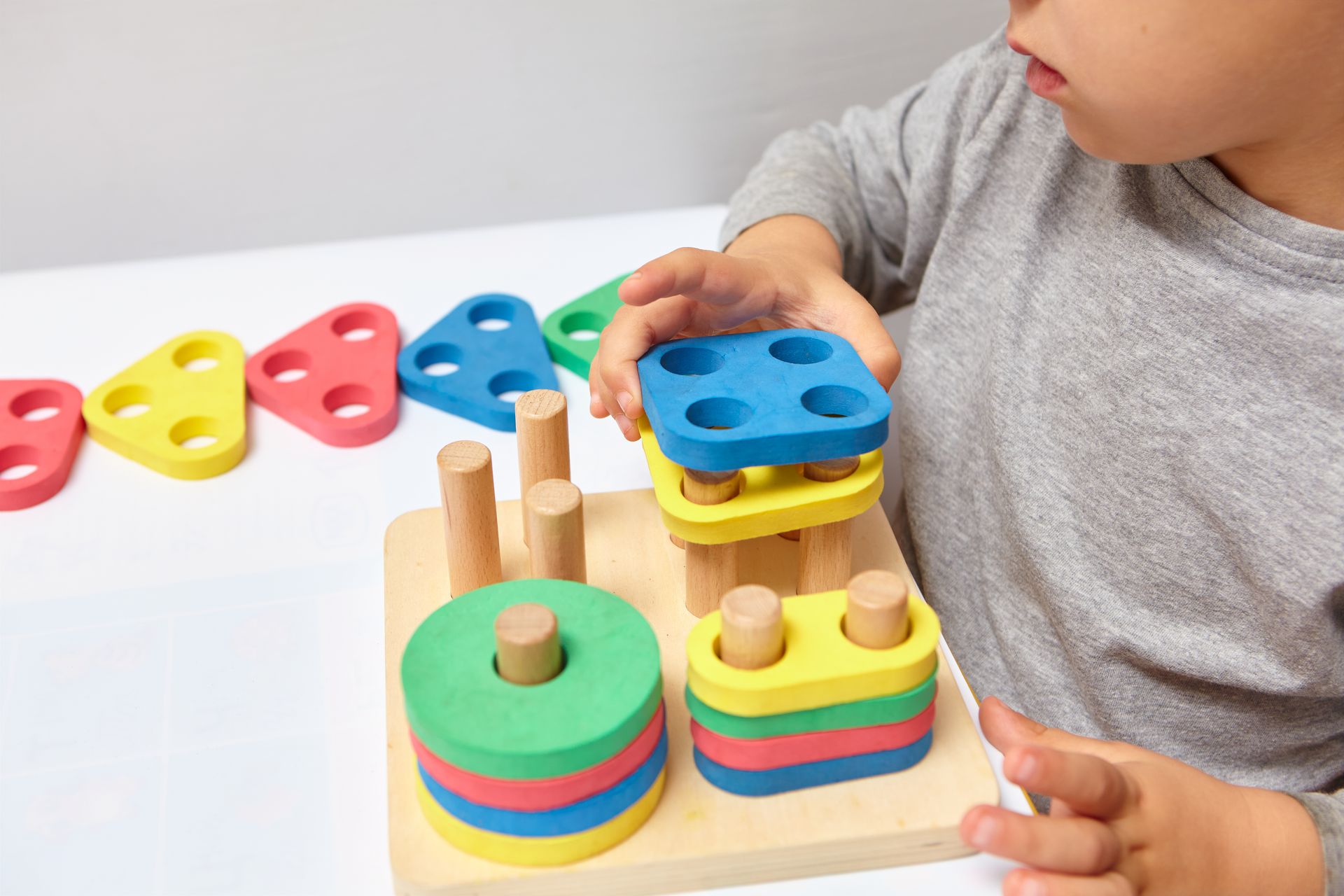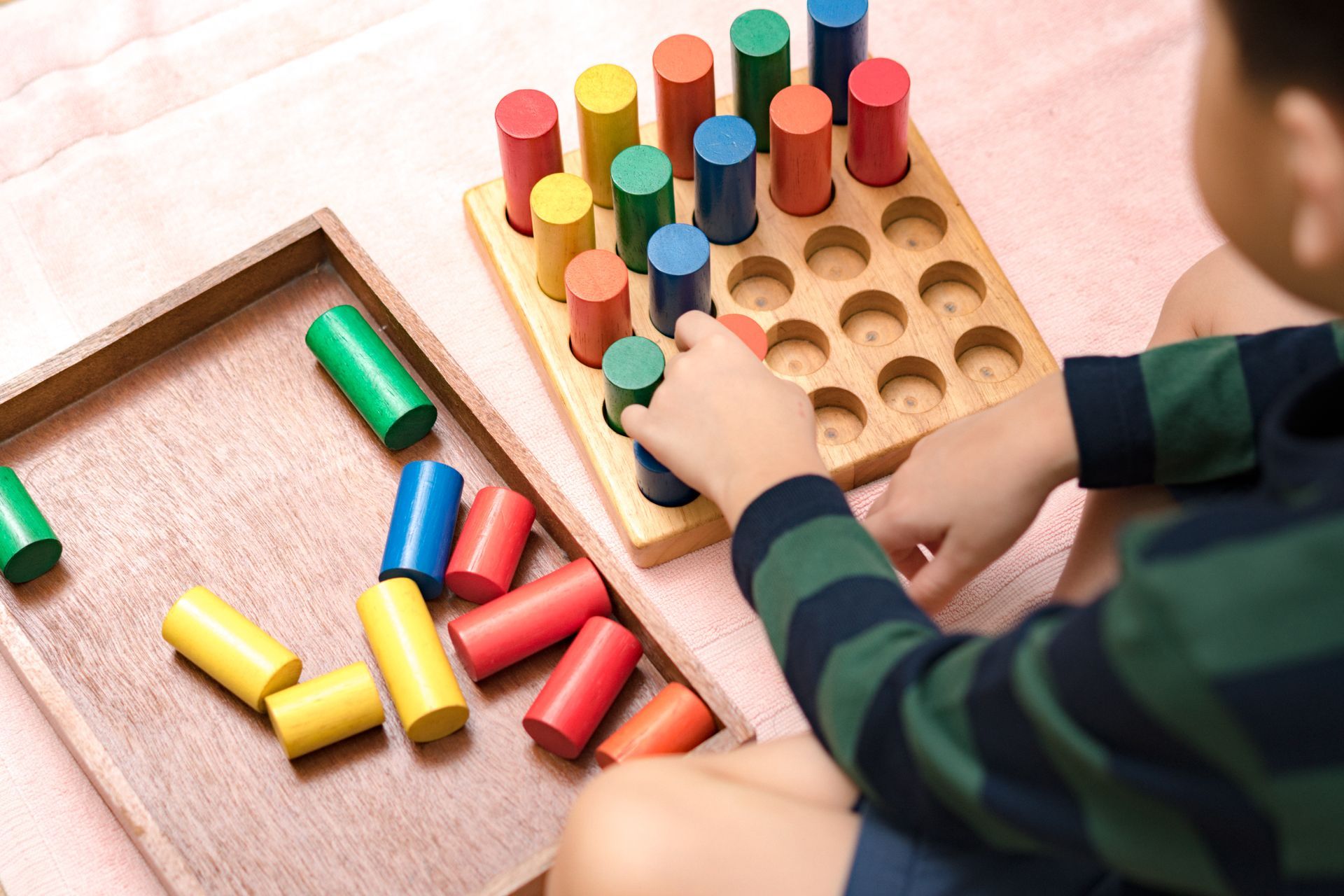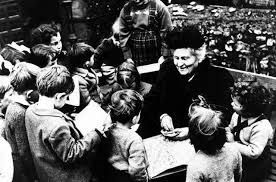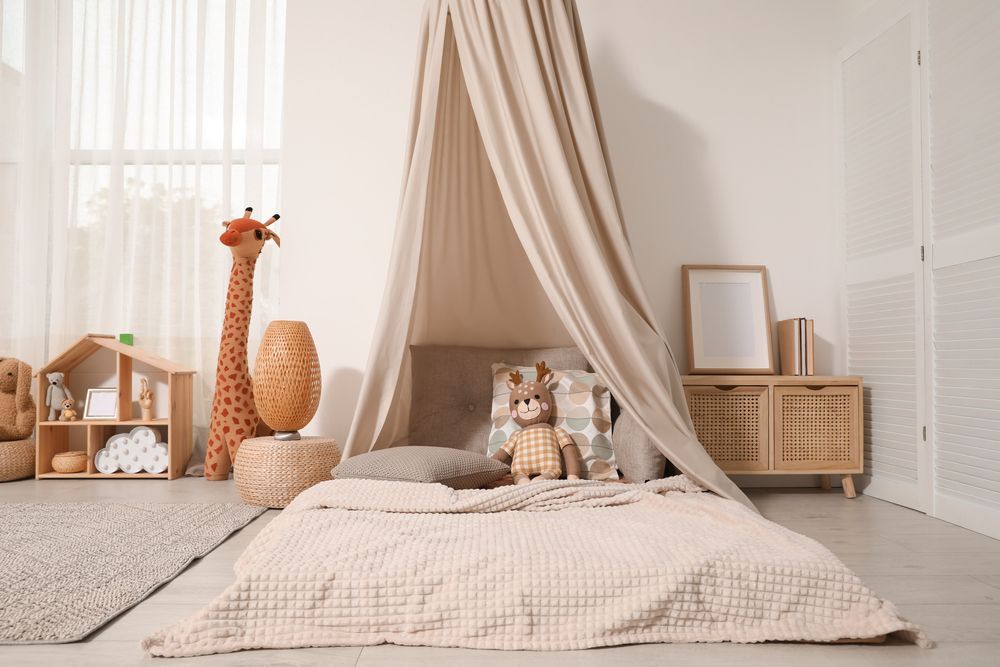Tips for a Toddler That Won't Stay in Bed
Share this Article:
Written by: Mansio Mantessori

Toddlers are always on the move, even in the middle of the night when they should be sound asleep. However, bedtime challenges are more than just a struggle to get your child to stay in bed; they’re an opportunity to create a positive and nurturing environment where your toddler feels secure and comfortable.
By applying Montessori-inspired strategies, you can help foster a peaceful bedtime routine that respects your child’s growing independence and encourages restful sleep.
Understanding Your Toddlers Sleeping Patterns
Understanding your toddler's sleeping patterns is key to addressing bedtime challenges effectively. At this stage, toddlers are developing rapidly, both physically and mentally, which can influence their sleep needs and habits. Typically, toddlers require around 11 to 14 hours of sleep within a 24-hour period, including naps. However, their newfound independence and curiosity can make bedtime a challenge as they explore their environment and test boundaries.
Pay attention to when and how your child sleeps. For example, a child who's not tired at bedtime may need to naturally go to sleep later in the evening and sleep longer in the morning. Some children benefit from more naps, while others need fewer. Try monitoring what works best for your child. Are they up more frequently when they get a nap during the day? What are their moods and overall energy levels with different amounts of sleep?
Why Your Toddler Is Getting Out of Bed
Your toddler getting out of bed might stem from curiosity, a desire for attention, or the need for reassurance.
Understanding the reasons behind this behavior is the first step in addressing it effectively.
Fear of the Dark
A fear of the dark is a common issue for toddlers, often stemming from their growing imagination and limited understanding of what’s real and what’s not. As they become more aware of their surroundings, shadows and unfamiliar noises can become frightening, leading to anxiety about being alone in the dark.
To help your child feel more secure, consider using a nightlight to create a comforting glow in their room. Establishing a calming bedtime routine with stories or soft music can also ease their transition to sleep. Additionally, you can address fears like monsters in the closet by “checking” the room together or using a fun “monster spray” to help them feel in control and secure in their environment.

Toddler Sleep Regression
Another common reason for toddlers getting up in the middle of the night is sleep regression. This regression often coincides with developmental milestones, such as learning new physical skills or language development, which can disrupt their sleep patterns. During this period, your toddler might experience increased restlessness, difficulty falling asleep, or waking up during the night. While this phase can be challenging, maintaining a consistent bedtime routine and offering extra comfort and reassurance can help your toddler navigate this temporary disruption. Remember, sleep regression is a normal part of development and typically resolves on its own.
Trouble Sleeping Alone
Many toddlers struggle with the idea of sleeping alone, often due to a strong attachment to their parents or a fear of being separated. This can lead to frequent night wakings or difficulty settling down at bedtime. To help your child become more comfortable sleeping alone, consider gradually introducing independent sleep habits. Start by staying in the room until they fall asleep, then slowly decrease your presence over time. A consistent bedtime routine, along with comfort objects like a favorite stuffed animal or blanket, can also provide reassurance. Patience and consistency are key in helping your toddler gain confidence in sleeping independently.
Transitioning from the Crib to a Bed
Transitioning from a crib to a bed is a significant milestone for toddlers and can sometimes lead to sleep challenges. This change represents newfound freedom, which can be both exciting and overwhelming for your child. To make this transition smoother, involve your toddler in the process by letting them help choose their new bed or bedding. Establish clear boundaries by explaining that the bed is for sleeping, and maintain a consistent bedtime routine to reinforce this. Providing extra comfort and reassurance during the first few nights can help your toddler adjust to their new sleeping environment with confidence.
Tips for Sleep Training with Toddlers
Implementing effective sleep training techniques can help your toddler develop healthy sleep habits, making bedtime smoother and more restful for everyone.
Creating a Comfortable Sleep Environment
A comfortable sleep environment is essential for helping your toddler settle down at bedtime. Ensure the room is cool, quiet, and dimly lit to promote restful sleep. Choose soft, cozy bedding and consider using a nightlight if your child is afraid of the dark. Limiting distractions, such as toys or electronics, can also help create a peaceful space that encourages sleep. Additionally, incorporating familiar and comforting items like a favorite blanket or stuffed animal can provide a sense of security, making your toddler feel safe and ready for a good night's rest.
Setting a Consistent Sleep Schedule & Routine
Establishing a consistent sleep schedule and routine is crucial for helping your toddler develop healthy sleep habits. Aim for the same bedtime and wake-up time each day, even on weekends, to regulate their internal clock. A predictable routine before bed, such as taking a bath, reading a story, or singing a lullaby, signals to your toddler that it's time to wind down and prepare for sleep. Consistency in these practices helps create a sense of security and makes it easier for your child to transition from active play to a restful night’s sleep.

Positive Reinforcement
Supportive Guidance
Constructive Redirection
Natural Consequence
Acknowledging and encouraging positive choices, such as saying, "You made a thoughtful choice to stay in bed!" or offering extra story time.
Empowering the child with choices, like, "Would you like to turn off the light yourself?" to foster independence.
Gently guiding the child back to bed with a calm reminder, "It's time for rest. Let's try getting comfortable together."
Explaining that staying out of bed might result in feeling tired the next day, helping the child understand the natural consequence of their choice.
Seeking Help from Teachers or Doctors
If your toddler's sleep challenges persist despite your best efforts, it may be beneficial to seek guidance from teachers or healthcare professionals. Montessori teachers can offer insights into your child's behavior and suggest strategies that align with their developmental needs. Pediatricians or child psychologists can also provide support, particularly if there are underlying issues affecting sleep, such as anxiety or physical discomfort. Collaborating with professionals ensures that your approach is tailored to your child's unique needs, helping them develop healthy sleep habits while addressing any potential concerns that may require additional attention.
All in all, bedtime with toddlers can be challenging, but it also presents a valuable opportunity to create a nurturing and secure environment that supports their growth and independence. By understanding your toddler's unique sleeping patterns and addressing common challenges like fear of the dark or trouble sleeping alone, you can establish a bedtime routine that encourages restful sleep. Whether you’re transitioning from a crib to a bed or implementing sleep training techniques, consistency, patience, and a Montessori-inspired approach can make all the difference. Remember, every child is different, and seeking guidance from teachers or healthcare professionals can provide additional support when needed. With the right strategies, bedtime can become a peaceful and positive experience for both you and your toddler.
